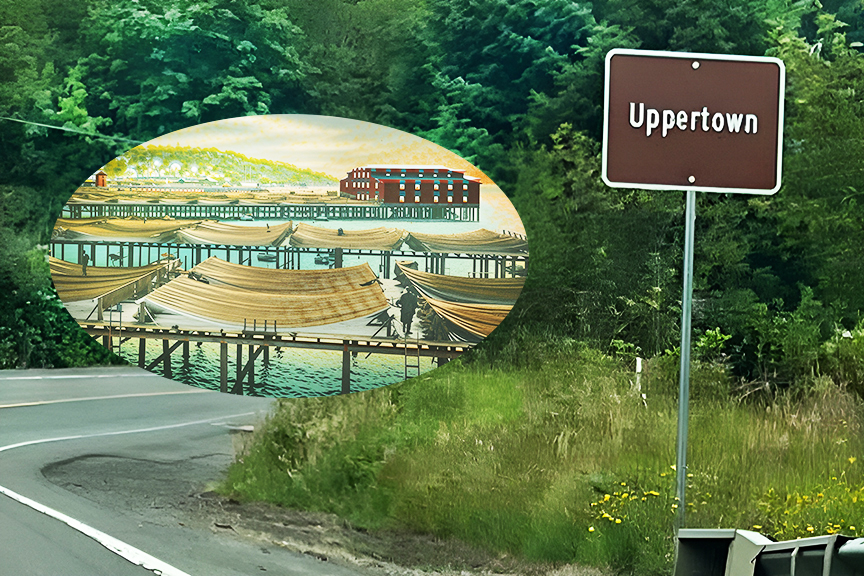Letter: Bring back the otters
Published 12:15 am Saturday, December 14, 2024
I found it odd that the accounting of the disappearance of kelp beds described by the Oregon Kelp Alliance in the Nov. 30 issue of The Astorian made no mention of sea otters.
The disappearance of kelp from the Oregon Coast began with the disappearance of sea otters. Historical records place the population of sea otters on the Oregon Coast at between 50,000 to 75,000 prior to the mid 1700s. For 150 years thereafter, they were hunted for their highly valued fur, most of which was exported to Russia. According to Environment Oregon research, the last sea otter was shot in 1906 leaving the species extinct in Oregon.
The sea otters’ favorite food is sea urchins. Without their nemesis the urchins were free to multiply and devour their favorite food, kelp! That meant that salmon fry lost their protective kelp cover leaving them vulnerable to predators, which has hastening declining salmon populations in the state.
The Oregon Kelp Alliance highlights climate change as the source of the superabundance of urchins, but myopically ignores the ecological history. The U.S. Fish and Wildlife Service reported in 2022 that otter reintroduction on the Oregon Coast was feasible and environmentally beneficial. Their reintroduction could be a cornerstone in the kelp bed recovery along with the other solutions proposed.
The underlying ecological lesson here is that business as usual (shooting sea otters) can have harmful effects on future generations, just as rampant logging in our state is worsening the climate crisis for the next generation.
ROGER DORBAND
Astoria









